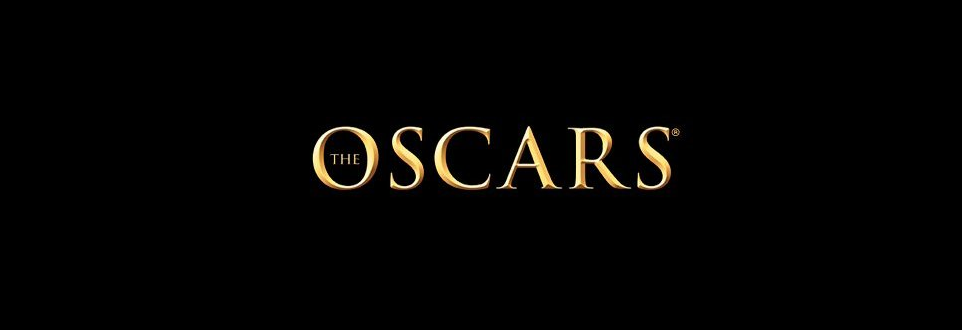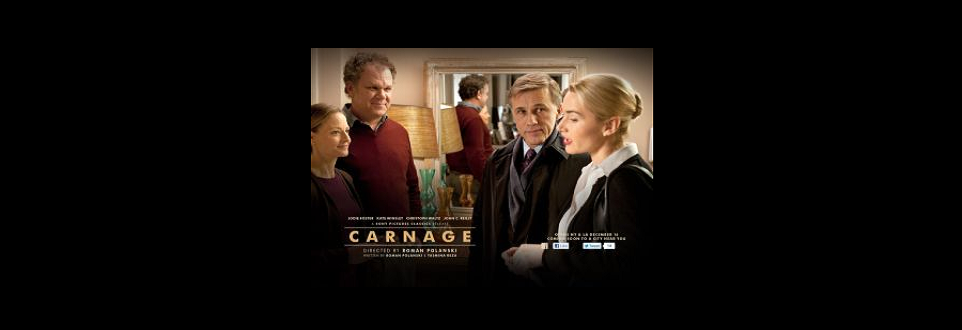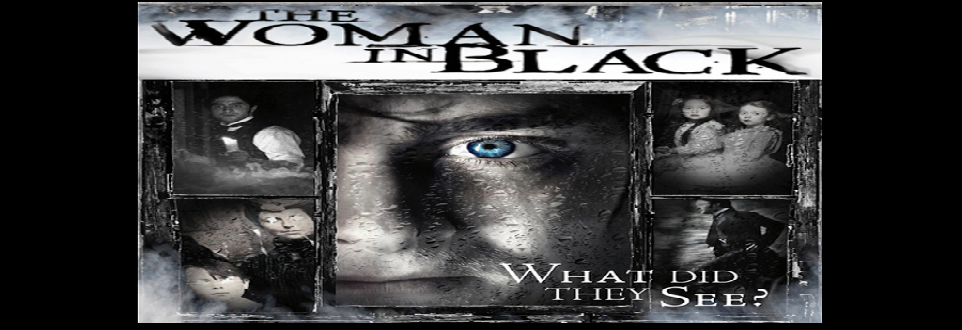The Hunger Games Premiere is hitting cinemas on the 23rd of this month, and with the huge success of the books the question on everyone’s minds is, Will it live up to expectations?
So big are the books that aside from spending 160 weeks on the New York Times Bestseller List they have sold in excess of 23 million copies in America alone. The Hunger Games are those rare books that, like Twilight and Harry Potter, permeate into society’s conscious mind and rest there until Hollywood decides to spin a profit with films.
While for the legions of fans that the Young Adult trilogy has racked up will consider the film a no-brainer, others have noticed that the storyline seems to have taken influence from various other stories – Stephen King’s The Running Man and Long Walk spring to mind, with the former taking place in the future where the government is in full control of what is seen and heard in the media, and the top entertainment being a reality gameshow where people have to outrun killers while the public place bets; the latter is a national sporting event for 100 teenage boys to embark on an treacherous walk in the author’s vision of a totalitarian USA, and if they break certain rules or receive three verbal warnings (walking under 4mph is one violation) they are shot. Then there’s Battle Royale, a story where the Japanese government captures a year-9 class and, under the Battle Royale Act, forces them to kill each other. Each of these stories has something that the Hunger Games seems to have borrowed, but the author, Suzanne Collins, insists she got the idea by flicking between real-life war coverage and a reality TV show. However they came to be, these books were released in a saturated genre and became huge sellers, so it’s the film to be concerned with now.
While there are well-known people in the first film to be released, such as Woody Harrelson, Lenny Kravitz, Stanley Tucci and Donald Sutherland, they will be playing important but not primary characters. The main characters are being portrayed by unknowns, so is this a false move or a touch of genius? The Hunger Games will undoubtedly have no trouble at the box office regardless of who is starring in it, and everyone has expectations and opinions of actors that are already known. By going with yet-to-be-big actors, the cast can work solely on making the film as good as possible, rather than wondering how each actor’s fans will react, but fans could have concerns that unseasoned actors may not be up to the task – but at least moviegoers can be grateful that Kristen Stewart won’t be in yet another film. Instead, the Hunger Games will feature Jennifer Lawrence as Katniss and Josh Hutcherson as Peeta Mellark. How well they will do can be decided in less than 2 weeks, and it’s a safe bet that if they do a bad job, there are millions of people who will be more than happy to say as much.
If you’ve already seen the Hunger Games trailer and can’t wait for the big release, we have some behind-the-scenes footage of the upcoming Hunger Games film below:
What are your expectations of the film? Let us know in the comments below.





